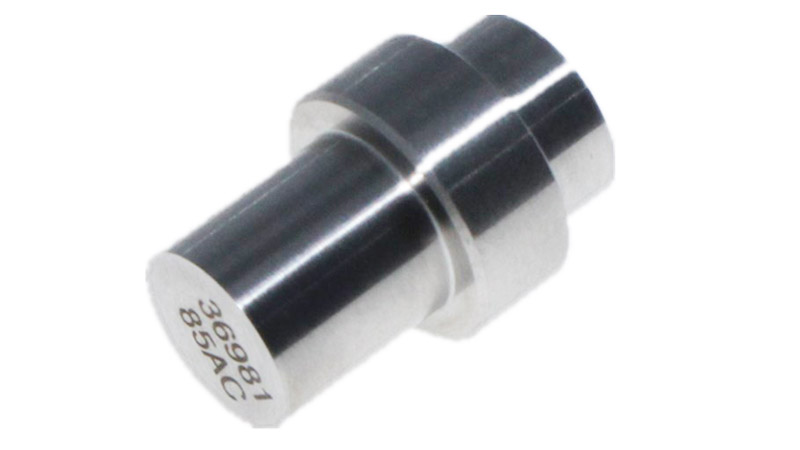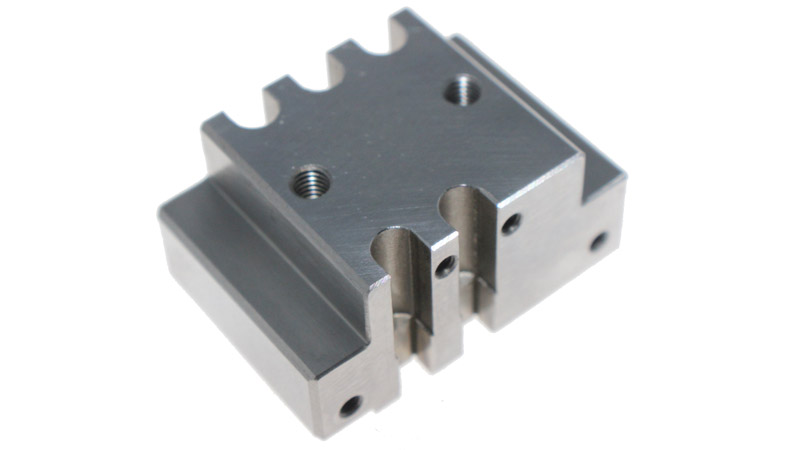Galvanizing is one of the most widely used methods of protecting metals from corrosion. It coats the metal with a thin zinc coating that helps isolate it from its surroundings. Quite simply, galvanizing the metal gives it anti-corrosion properties. Without a protective zinc coating, the metal will continue to be exposed to the elements and may oxidize and corrode more quickly. Galvanized steel is a cost-effective alternative to using materials such as austenitic stainless steel or aluminum to prevent corrosion.
In addition, galvanized steel and galvanized iron can be used in different manufacturing processes, from sheet metal processing to CNC machining, making it the dominant process in the manufacturing industry.
This article reviews the basics of galvanizing, answering questions about what galvanizing is, and how galvanizing can improve metal parts.

What Is Galvanized?
Galvanization (or galvanizing) is the process of adding a layer of zinc to the outer surface of a metal (i.e. steel or iron). The purpose of this is to add a protective coating to the underlying metal, reducing the chance of corrosion or rusting.
The galvanizing process varies depending on the specific technology. However, the most important part of the process is that it usually involves surrounding steel or iron in zinc, which may be in a liquid or dusty state. When zinc is introduced, the iron in the surrounding metal reacts with the zinc to form a tightly bound alloy coating.
Galvanizing Type
The two most popular forms of galvanizing are hot-dip galvanizing and electro-galvanizing. These two methods and others are discussed below.
1. Hot Dip Galvanized
During hot dip galvanizing, the metal is immersed in a hot zinc bath at about 450 °C. When it is removed, the coated surface reacts with oxygen to form zinc oxide, which then reacts with carbon dioxide to form zinc carbonate. Before galvanizing, the metal must be cleaned with a caustic solution and then pickled in an acidic solution; zinc ammonium chloride can also be used to prevent premature oxidation of the metal prior to galvanizing.
2. Electro-Galvanized
Electrogalvanizing combines galvanizing with electroplating: an electric current is passed through a zinc bath with a zinc anode and a steel conductor. The process produces a thinner coating than hot dip galvanizing and also produces a brighter surface finish suitable for cosmetic applications.
3. Sherardizing
This form of galvanizing is known by several names: hot-diffusion galvanizing, vapor galvanizing, and dry galvanizing. It involves heating steel parts to 500°C in a closed rotating drum containing zinc powder. The evaporated zinc diffuses onto the surface of the steel to form a firmly bonded coating. It is ideal for small parts and parts that need to be coated on the inside.
4. Galvanized
Galvanizing is a combination of hot drip galvanizing and annealing. The hot dip galvanizing process proceeds normally, before the coated metal is passed through an air knife to remove any excess zinc. The metal is then briefly heated in an annealing furnace at 500–565 °C to interdiffuse the iron and zinc layers and form a zinc-iron alloy layer.
Galvanizing Factors
In the actual production process, the common factors that affect the speed and quality of galvanizing are:
- The pretreatment is not thorough.
There is an oxide film on the surface of the workpiece, which affects the normal deposition of zinc.
- Poor electrical conductivity.
Current is drawn on the wire and too little current is distributed to the workpiece surface.
- The workpiece has high carbon content.
High carbon steel, cast iron, etc. will reduce the hydrogen precipitation potential, accelerate the hydrogen evolution on the surface of the workpiece, and reduce the current efficiency.
- The workpiece is tied too densely.
When galvanizing, the workpiece is partially shielded and the coating is too thin.
- The temperature of the plating solution is low.
When the temperature of the plating solution is low, the current density delivered is correspondingly reduced, and the deposition rate of the coating must also be reduced.
- The sodium hydroxide content in the plating solution is high.
When the sodium hydroxide content is high, the current efficiency decreases accordingly.
- The additive content in the plating solution is low.
The low additive content will affect the dispersion ability, and the coating will appear too thin locally.
(8) The estimated area of the plated parts is insufficient, and the current density distributed during plating appears to be too small.
(9) The hanging method of the workpiece is improper, and the distance between the workpiece and the zinc anode is too large, and the position should be adjusted.
(10) The workpiece is too corroded.
When the hydrogen evolution potential is reduced, the hydrogen evolution acceleration current efficiency on the surface of the workpiece decreases, thereby affecting the deposition rate of zinc. An appropriate amount of corrosion inhibitor should be added to the pickling solution, and the local oxide scale is too thick to be removed by mechanical methods first, and more inspections should be made during the pickling process.
- Anode passivation.
The effective area is reduced, which affects the normal distribution of current.
- The sodium hydroxide content is low.
If the sodium hydroxide content is low, the current density will not increase, and the anode will be passivated.

The Advantages Of Galvanizing
To prevent rust:
A protective coating is formed on the surface to prevent corrosive substances from reacting with the underlying steel or iron. Even if the zinc layer is damaged, the zinc will corrode before the iron, and the remaining zinc will form a dense patina with the atmosphere that is insoluble in rainwater, protecting the exposed steel or iron.
Durable:
The zinc coating formed by galvanizing is tough and long-lasting, often providing decades of protection to the underlying metal.
economical/low cost
Galvanizing is a fairly simple and inexpensive surface treatment process compared to most treated steels. Additionally, galvanized steel can be delivered without additional surface preparation, inspection, painting/coating, etc., and requires no maintenance, saving additional costs.
Forms Thick Coatings:
Although not suitable for all applications, galvanizing produces thicker coatings than electroplating etc.


